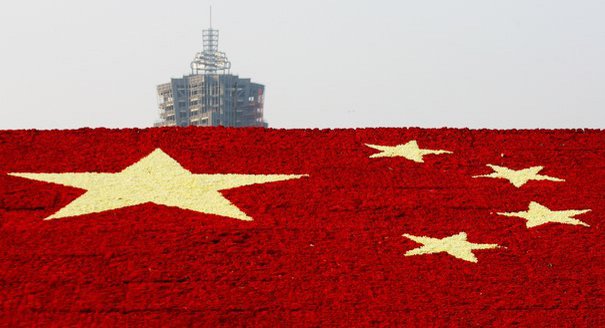In China’s geopolitical vocabulary, those who speak about Eurasia refer to the space of the former Soviet Union. Located to the east of this vast region, China looks at it from the east as well.
During the more than 20 year since the disintegration of the Soviet Union, Eurasia, while remaining one whole geopolitical unit, has been evolving into sub-regions based on different geographical and geopolitical peculiarities. It could be roughly classified into five groups, namely Russia, Central Asia, Caucasus, East-European republics (Ukraine, Belarus, and Moldova), and the Baltic states. These various groups hold different meanings for China.
Russia is the first that China sees when considering Eurasia. China regards Russia as the “most important, most valuable” strategic partner, as Xi Jinping, the President of China, describes. The significance of Sino-Russian relations is far beyond that of the Eurasian region and has a global impact. A friendly and cooperative relationship of China and Russia not only guarantees mutual security between these biggest neighbors, but also contributes to China’s regional and international position, as well as to that of Russia.
Central Asia, as a region neighboring China, rich with energy and minerals, with close connections with China’s Xinjiang, and seated on the axis of continental communications between China and Europe, has a multiple significance for China. China values Central Asia as a friendly neighbor, irreplaceable partner in combating “East Turkistan” terrorists, important energy provider, and promising economic partner, particularly for Xinjiang.
Looking from the direction where China is situated, the Caucasus is the natural extension of Central Asia. These two sub-regions are interconnected geographically. The Caucasus is located between the Black Sea and the Caspian Sea. It is a corridor from Central Asia to West Asia, Middle East, Africa, and Europe. Besides, the Caucasus possesses rich energy resources. The Caucasus presents interest for China in all these areas.
The three East-European republics, Ukraine, Belarus, and Moldova, are not even neighbors for China. China has no border problems, no security problems, and no transnational problems with them. China’s cooperation with Ukraine, Belarus, and Moldova is mainly economy-dominated. Technological cooperation, including military-technological cooperation, constitutes an important part in relations of China with Ukraine and Belarus.
As far as the Baltic states are concerned, politically China currently perceives them as belonging more to the category of “European” rather than “Eurasian” states.
Zhao Huasheng is professor and director of the Center for Russia and Central Asia Studies, Fudan University, Shanghai.
